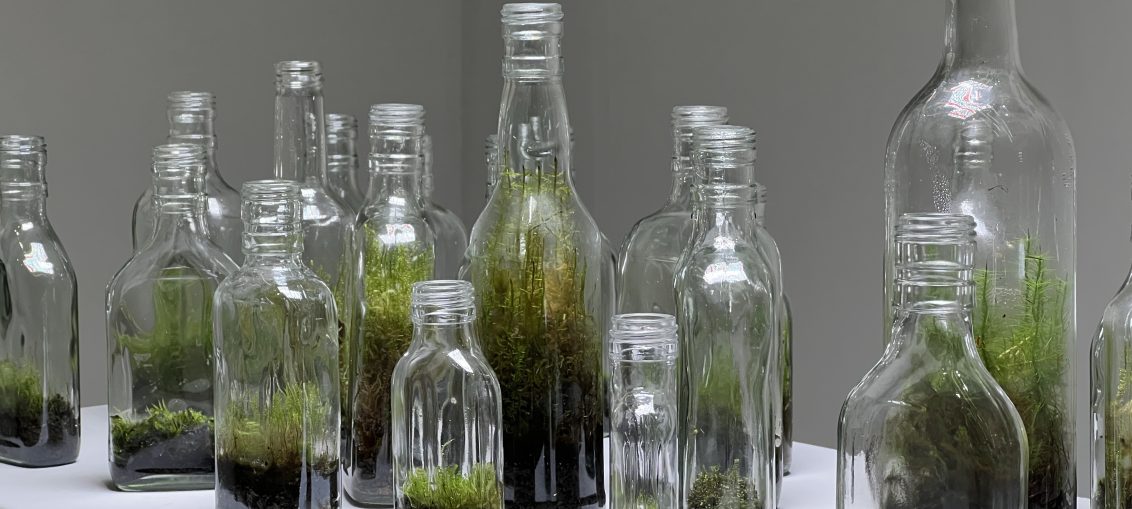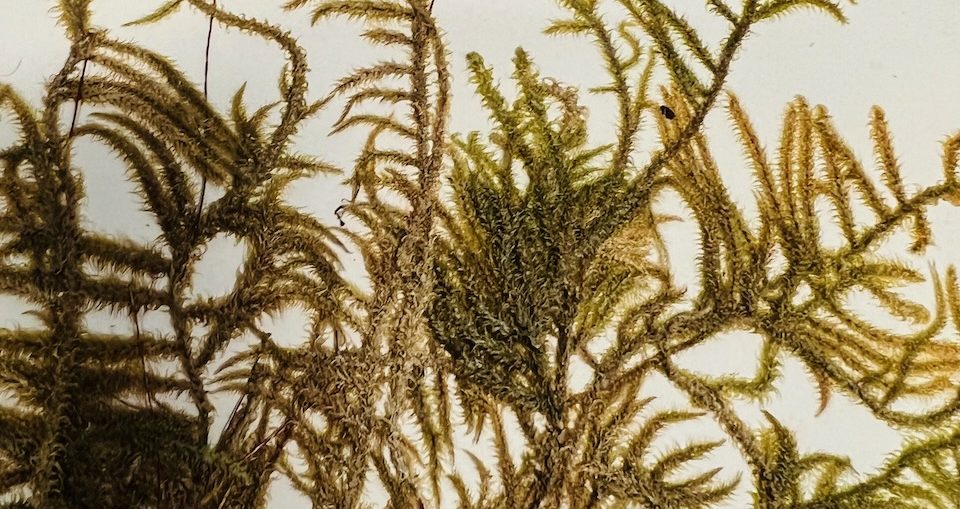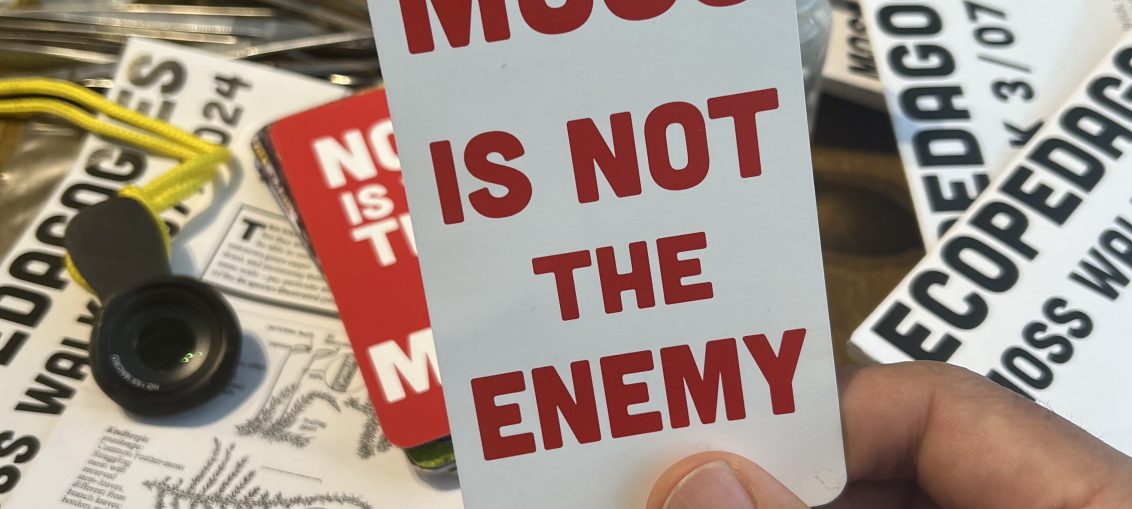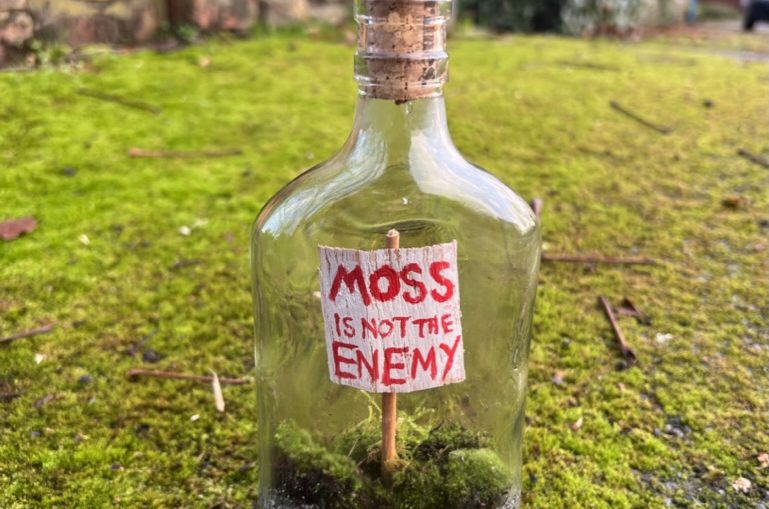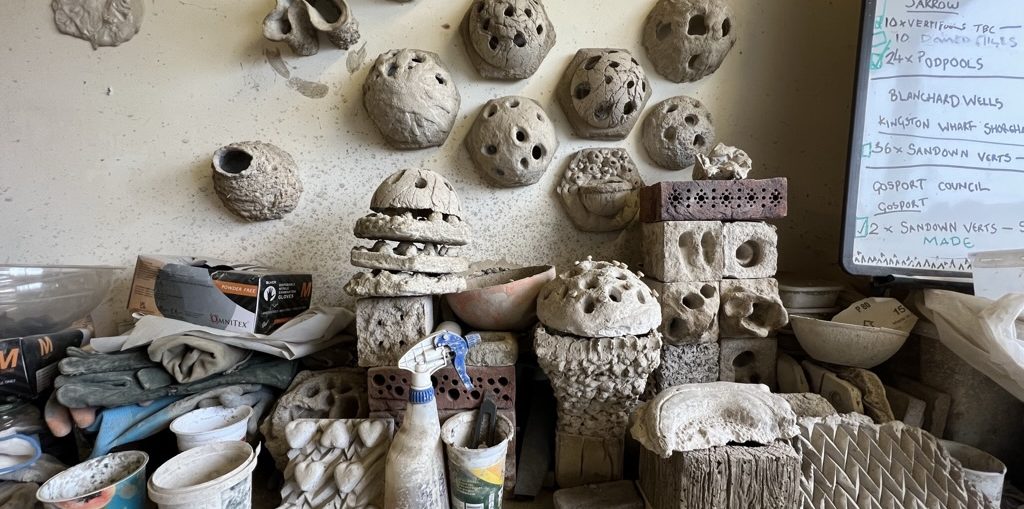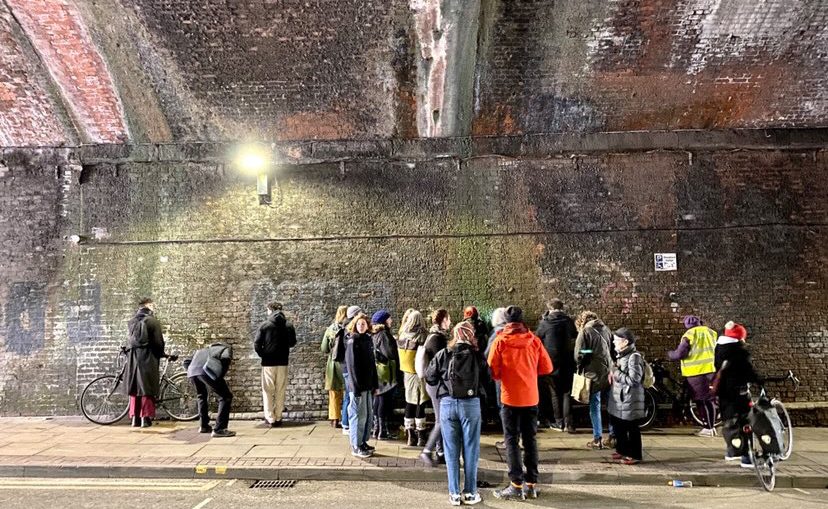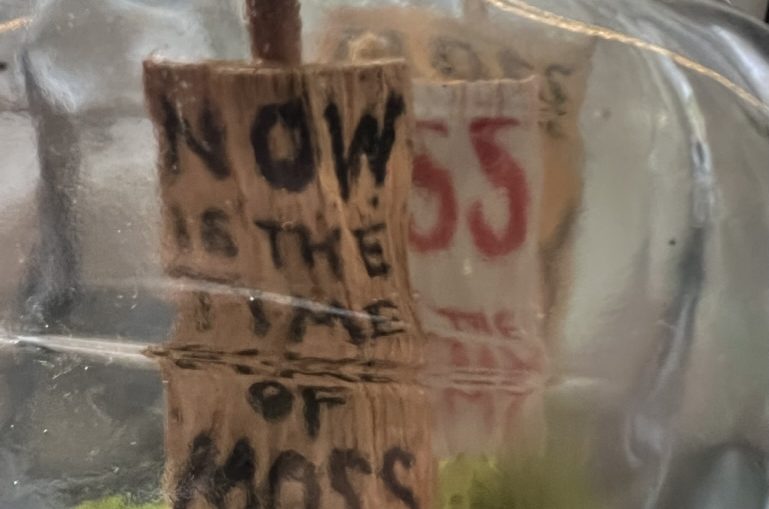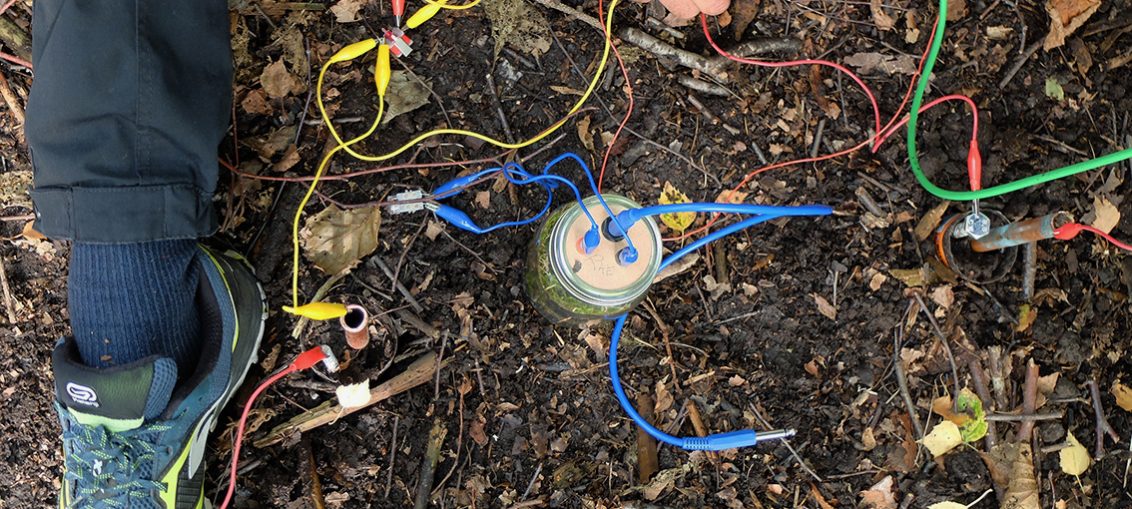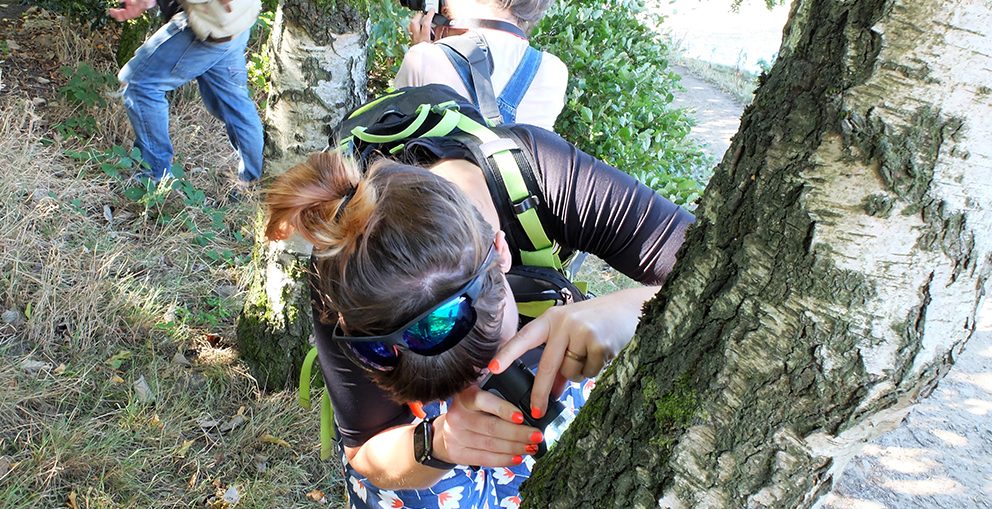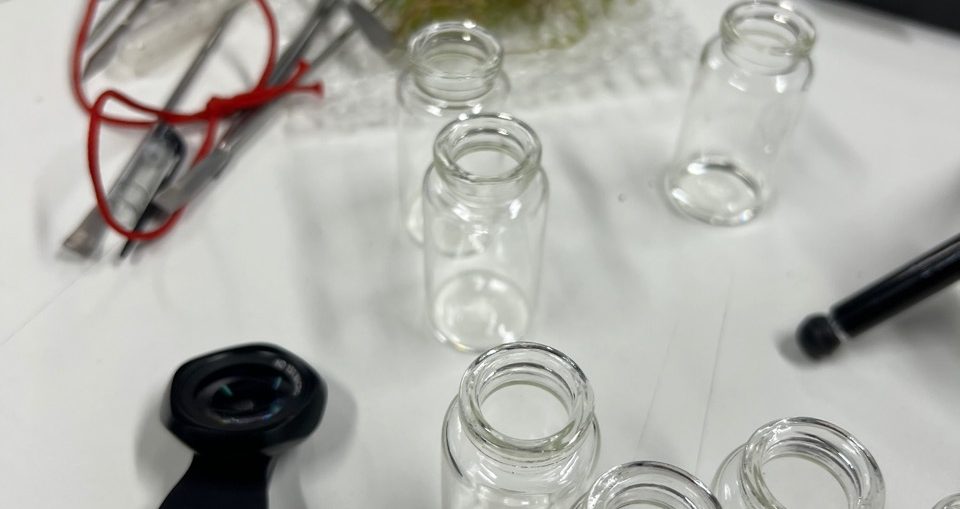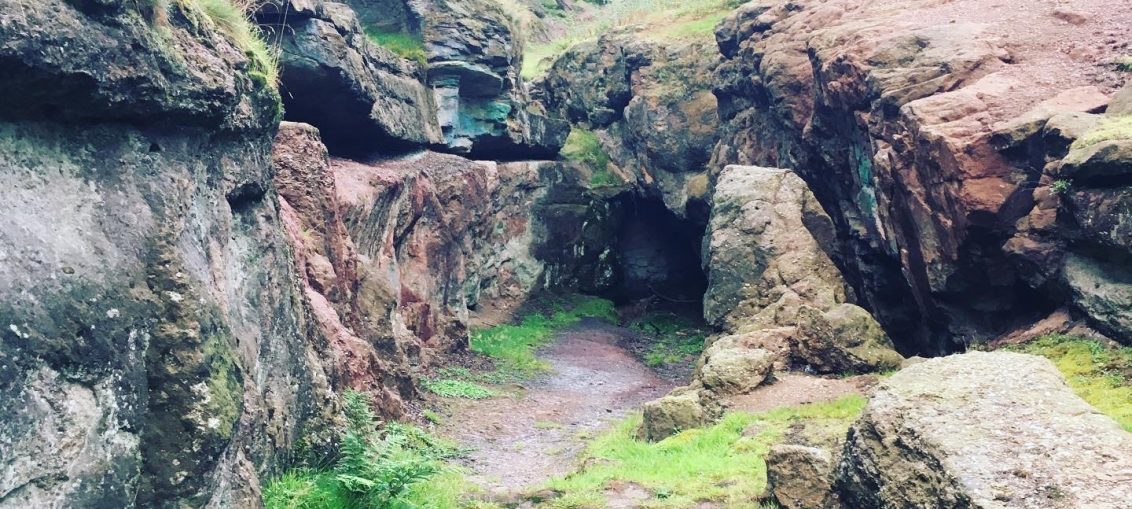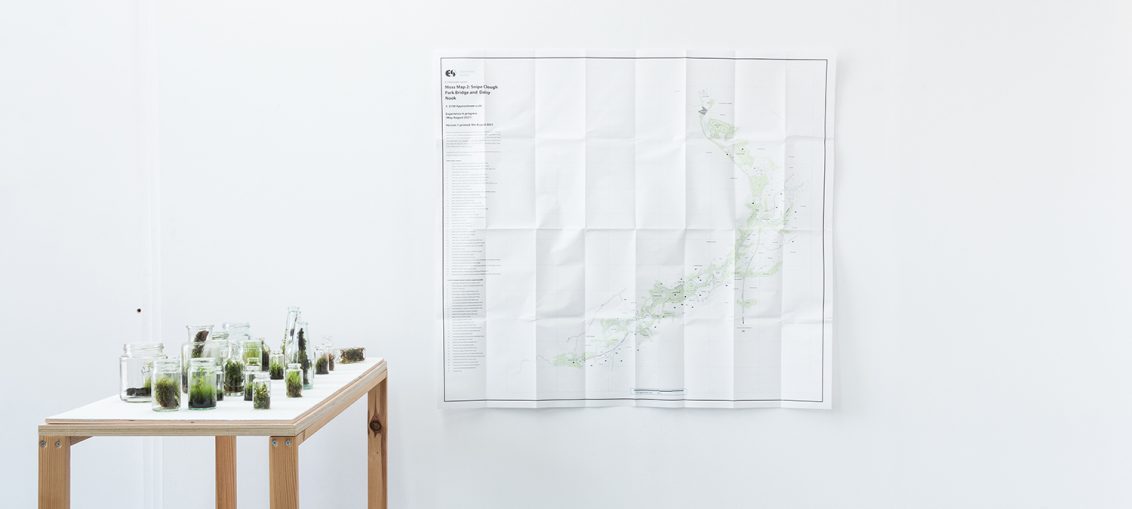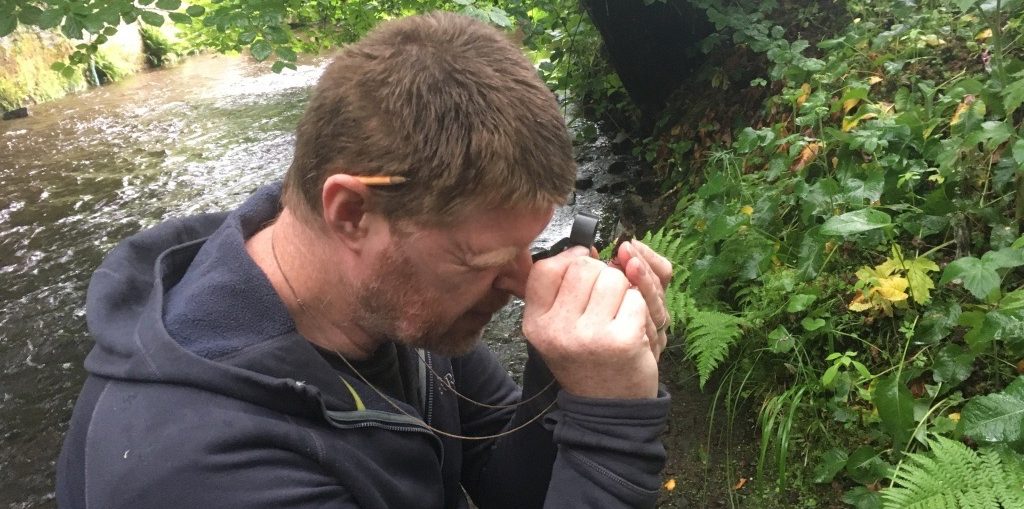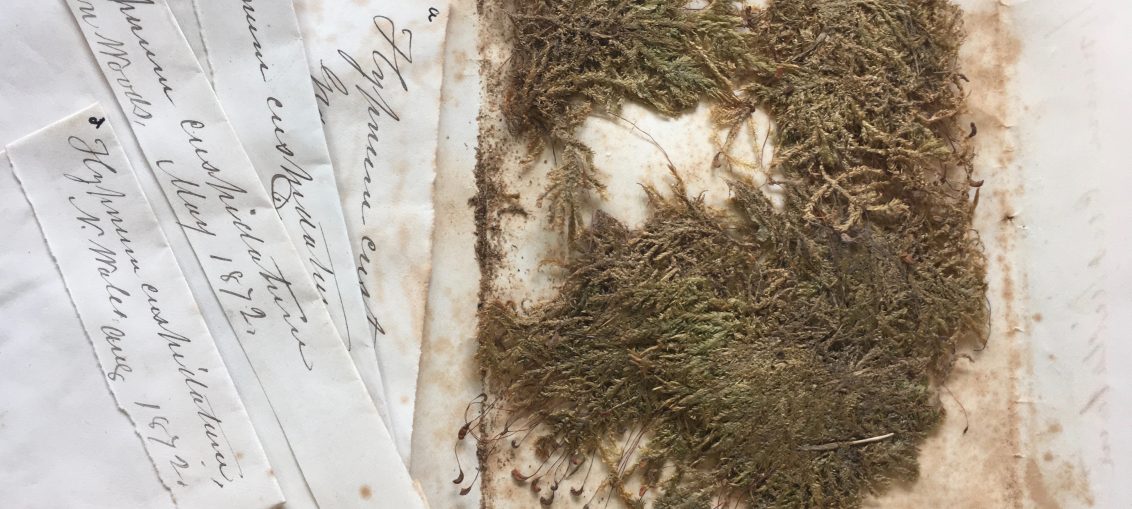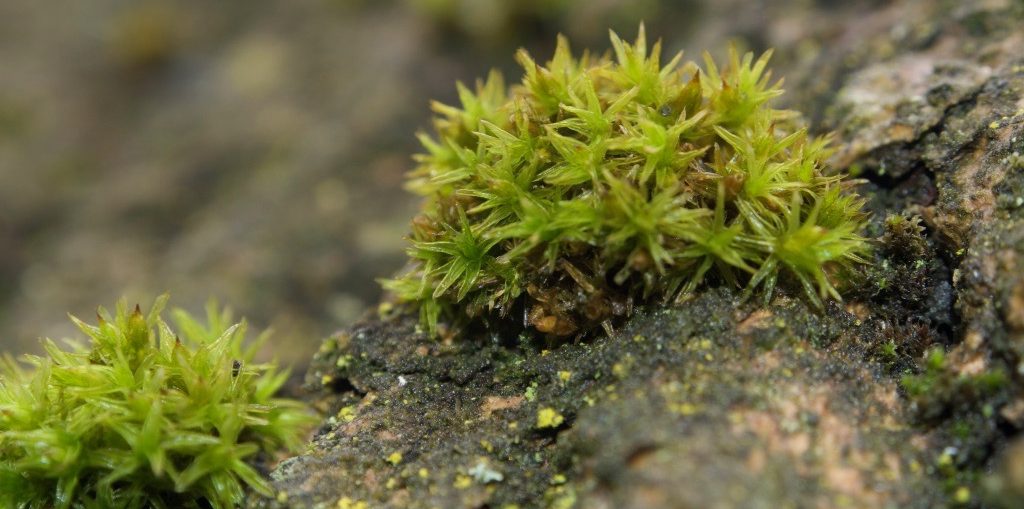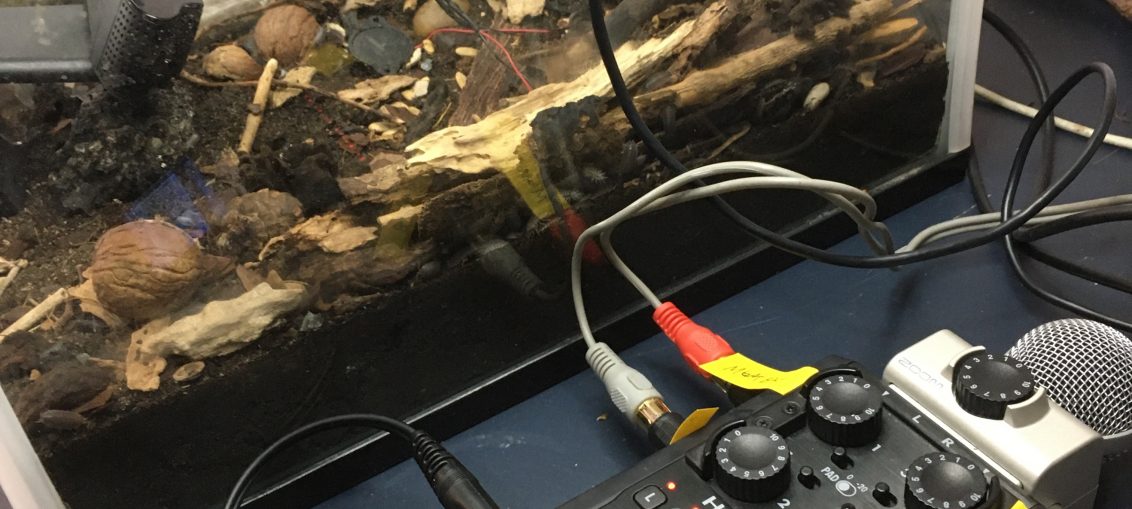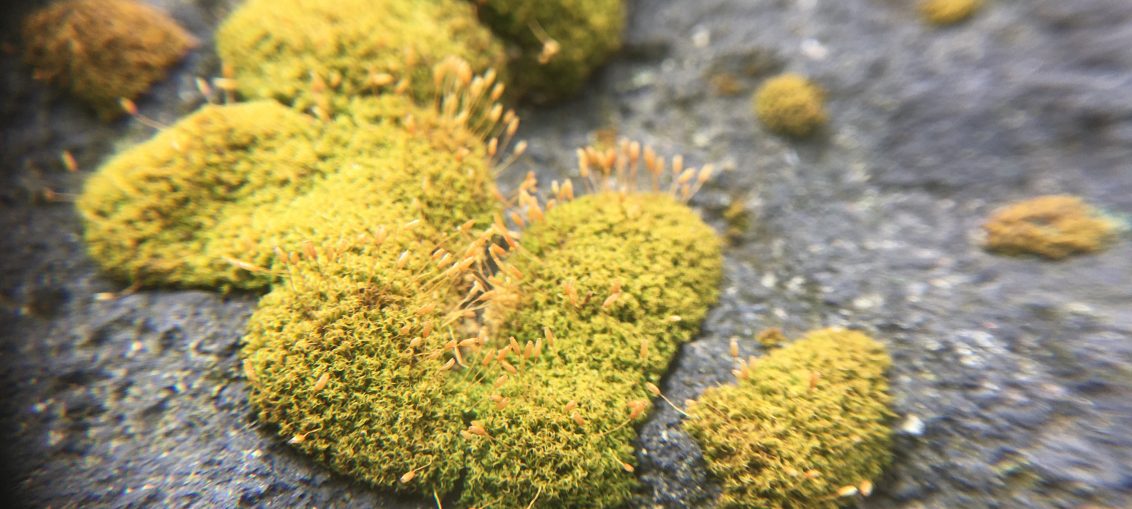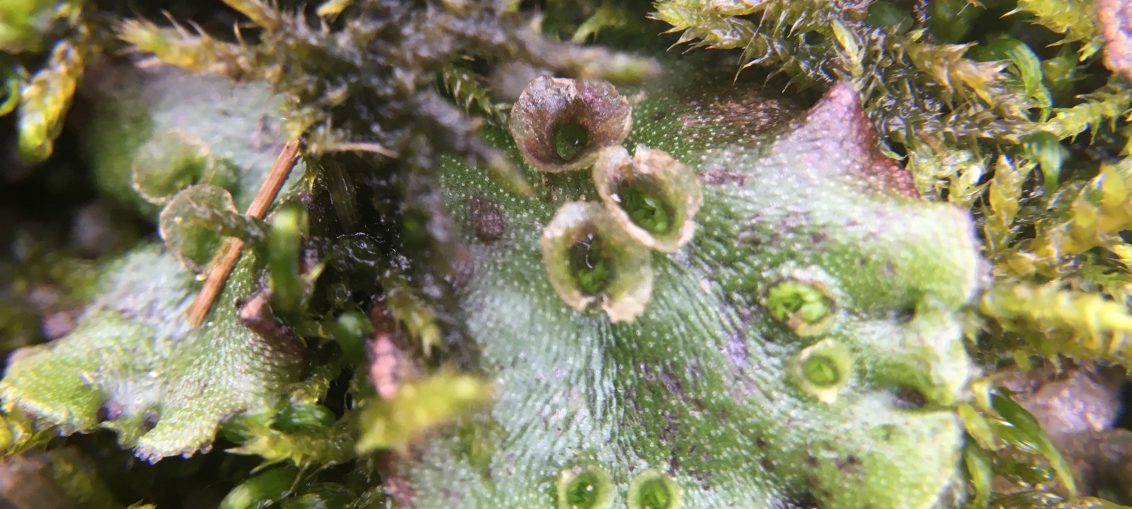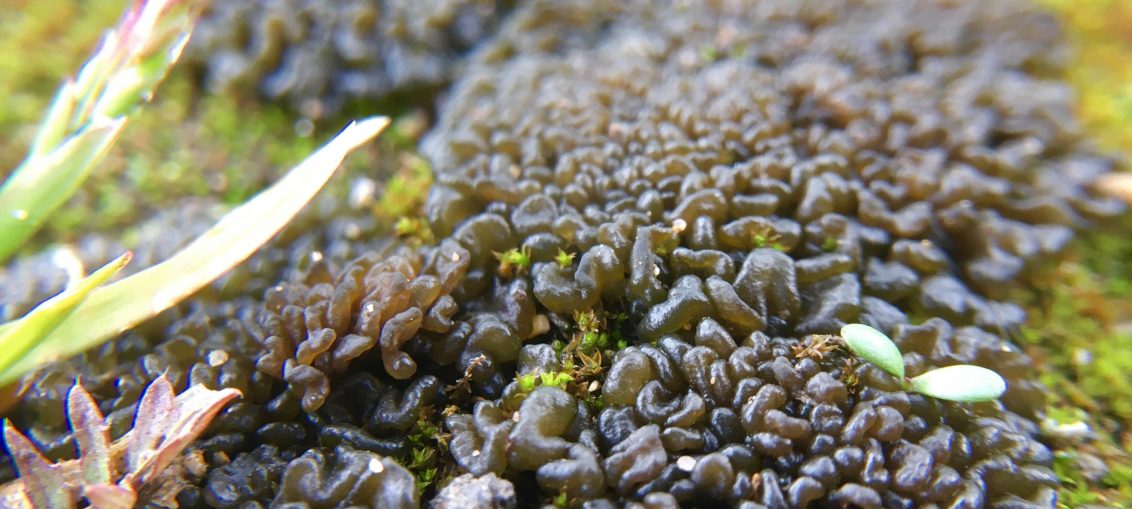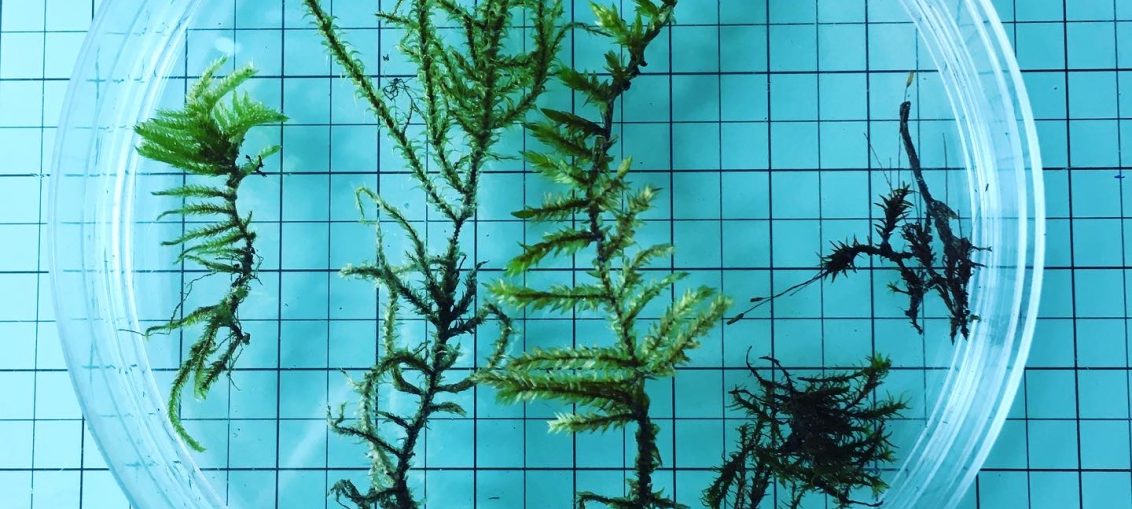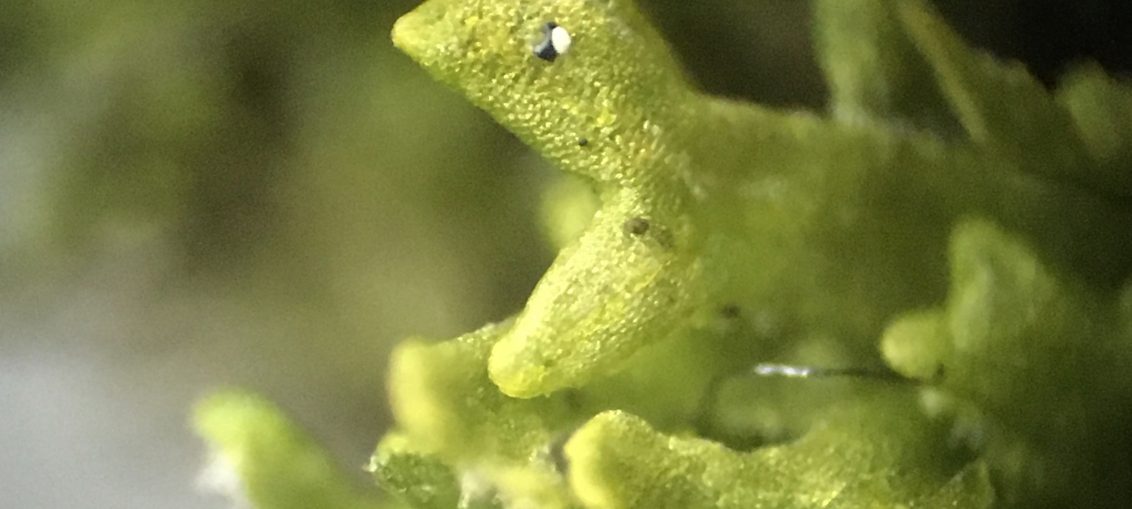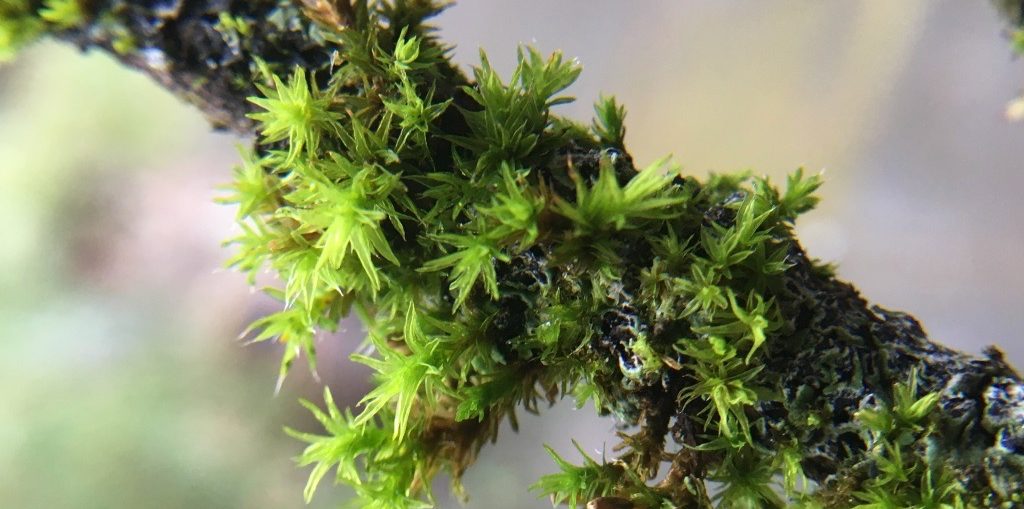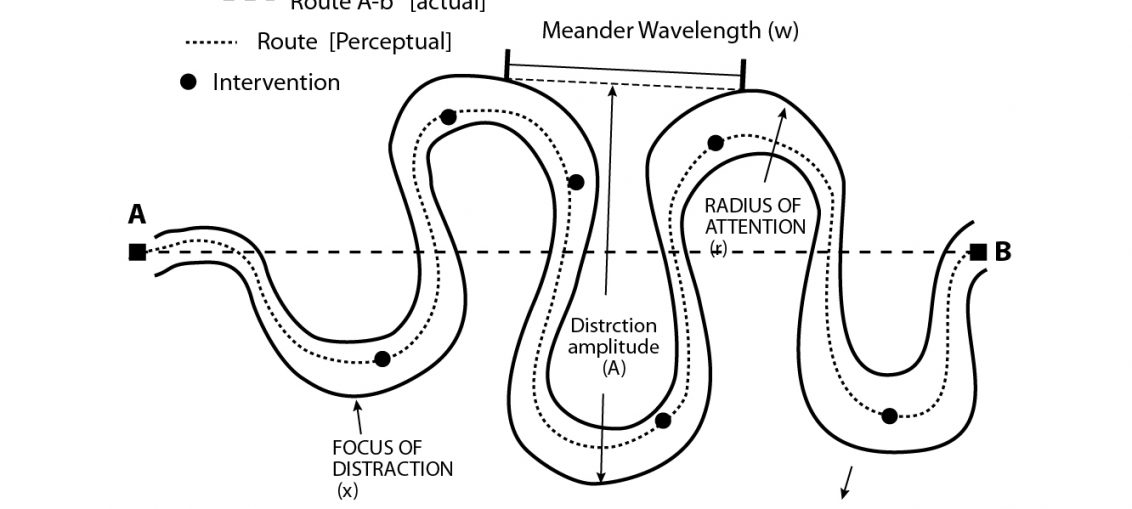It’s not often I get to opportunity show my work in an actual gallery these days such is the plight of the socially engaged / process based artist, and it makes me remember how much I love the process of developing a dialogue with other artists and the space of gallery. And it is a delight to be showing along side some amazing artists. @verdant.city @adelecjordan@mishkahenner and @rebeccachesneyartist @galleryoldham A Minute to Midnight December 7 - March 1, 2025 So how does moss relate to climate change? Here are some interesting facts I put together for @sparkartistsnetwork and the forthcoming panel discussion: Moss is under threat: According to the 2023 IUCN Red List of the of moss in Britain , 19% are
Tag: mossbothering
We were by the tumbling stream.
Moss identification card deck
This card pack was developed for a moss walk for the Eco pedagogies Symposium 2024. The walk traced a route between the Firs Botanical Gardens and Manchester Museum. In this iteration of the moss workshop, I discussed my emerging "methodology of moss" and the role of art as a perception-changing device. To develop the card pack I photographed each species of moss I found along the route and created a card for each one, including information on the numerous biomes encountered. These cards not only aid my learning and memorisation of moss species but also include prompts, instructions, texts, and readings that will enable others to facilitate their own walking and moss workshops in the future.
MOSS IS NOT THE ENEMY
Visit to Art Ecology
I visited the Isle of Wight to find out more about the Art ecology group and their #vertipool project (and generally chat about moss and urban / eco design). They have an Interesting ideology of hyper-local working and employ a methodology that resists consumerist mass production models (many #greenwalls and moss tiles are patented technologies that require energy and are tied into maintenance contracts. Alternatively Art Ecology take more of an open source socially engaged approach, working with communities and training people to help make the pools (which are best made by hands). This hand making approach allows for a greater speed of making and building in complex structural features, nooks crannies and overhangs, that would not be possible with
SPARK#9 Moss Walk
A couple weeks ago I took people on an urban moss walk for Spark#9 a monthly meeting organised by @sparkartistsnetwork @castlefieldgall . It was a short walk (only half of what I planned) mostly staring at damp walls under bridges. This particular bridge is host to an unusual (in an urban context) liverwort called Metzgeria furcate clinging onto existence in this cave like environment. Under another bridge just down the road, a more common but impressive Great Scented Liverwort - Conocephalum conicum grows in ring like formations over the walls (Liverworts are bryophytes like moss). We rounded up the walk at the recently reopened @mcrmuseum where we talked and made terrariums. It was heartening to have such a good turn out –
NOW IS THE TIME OF MOSS
Boundary Detector Workshop / Part – 2
17/09/2022 Second Workshop at Longdendale Environmental Centre as GUIDEline project with Glassball Studios: In this workshop, we continued to work on our boundary detectors; moss terrariums with carbon and aluminium layers which act as electrodes. In my test, I used moss growing on a carbon graphite felt layer (the anode), over a granular substrate of Zeolite (the electrolyte, but in the workshop, we used grit and mud collated from the boundary). The base of the jar is covered with aluminium foil (the cathode). As the moss photosynthesises and microbes do their thing - electrons are exchanged between the two electrodes generating electricity (more info on the science at end of this post). However, it is as yet unclear exactly how
Boundary Detectors workshop / Part – 1
1/09/2022 Workshop / Longdendale Environmental Centre / GUIDEline project with Glassball Studios: We met at Longdendale environmental centre for a day of walking and micro exploration, following a segment of the peak district boundary. The idea was to walk slowly, looking closely while collecting samples (microscopic creatures, plants, minerals, sounds), and explore how these things interact within the hypothetical space of the boundary space. Above: Image by Cora Glasser / Glassball Studios. We discussed 'boundary layers' the spaces or microenvironments existing on surfaces or between objects and the free-flowing stream of air (gasses, humidity) and light. Mosses exist at specific boundary layers, miniature forests which act like environmental bubbles, trapping moisture, and creating shelter. Moss and other small plants Algae, and Lichen
Proximity- Residency at Rogue project space
Proximity Collective In Residence at Rogue Project Space: 11th April - 5th May 2022 Proximity is a collective of 6 artists interested in the spatial and social elements of practice-as-research (established May 2019). Through a series of in-person residencies across the north of England and regular virtual meet-ups, we have developed our approach of “convivial aesthetics” and provide one another with professional, creative, and emotional support. During our residency at Rogue Project Space we will continue to explore different ways in which our proximity to each other can create new ideas, ways of thinking, and strategies for making and thinking art. View this post on Instagram
The sound of Moss
Recordings of the sound of dry clumps of Moss rehydrating [various species] growing in the woods Alderley Edge, absorbing the moisture from a fine vapour, using hydrophones put into the soil underneath the moss. See https://www.invisibleworlds.ac.uk/ . This is a technique I developed through the bryophytes project at Gallery Oldham. Antony Hall · bio-crust study: Moss rehydration
Moss Map
During a residency with Gallery Oldham (2021) I worked with bryological (moss) specimens collected from the local area 150 years ago. This inspired a series of meandering walking workshops focused on revisiting and recollecting mosses from my local area. Meandering is a form of walking fieldwork where participants engage in a series of "focused distractions"—activities like collecting, sampling from the environment, and microphotography—to redirect their attention and uncover alternative perspectives. The Moss Map serves as a multi-layered, always changing, exploration of experience and memory, documenting a meandering research journey. See Bryophytes project with Gallery Oldham Images from the 'Proximity' exhibition At Abingdon Studios 26 Aug – 16 September 2021. The 'Moss Map' and bottle terrariums were created as part of the bryophytes project
Bryology walk with Anthony Gregory
At the beginning of the project with Gallery Oldham, I was given a list of local sites to visit, which would have been popular in the 19th century for collecting bryophytes. I have been collecting my own specimens from these sites, which will then be sent to Anthony Gregory, an expert Bryologist, for formal identification. These will then be sent back to the museum to be catalogued and become part of the museum's collection for posterity. I met up with Anthony for a riverside walk to get a crash course in bryology. We met at Greenbank train station and made our way to a footpath alongside the River Tame. We walked slowly, stopping regularly at tress and venturing down to
Bryophyte Specimens at Gallery Oldham
I wanted to examine samples of moss collected in the local area around the gallery where I have been working amazingly some were 150 years old. I was experimenting with time-lapse films of rehydrating small samples but need better magnification. Moss is stored in these paper envelopes, and if someone has worked with a sample (and rehydrated it) it is dried and returned to the envelope in a smaller paper wrap. I added a couple of my own to the collection, I like to think someone might stumble across these in a hundred years time! See more about the Gallery Oldham Bryophytes project here...
Daisy Nook Country Park
Short 4k walk through woods by River Medlock and canal paths designed as part of the Gallery Oldham Bryophytes project. Daisy Nook is a beautiful woodland following River Medlock, intersected by the old Waterhouses Aqueduct and Hollinwood canal. It has a mixture of woodland paths and gravely wide tracks beside the canal, which are all great for moss. Look out for Liverworts on the muddy banks near the footpath and river. Also, check the fallen trees for different moss. Routplotter.com https://www.plotaroute.com/route/1618255 The walk starts at a car park off the A627 walk into the woods and down to the riverside. Notice the damp stones by the river and many fallen trees with interesting mosses and liverworts. Following the trail, through the woods beside the River Medlock, you
Kinder Downfall
This page has three walks that took place as part of the Gallery Oldham Bryophytes project. Two Loops around Kinder reservoir, starting from Hayfield [with a short 6k and long 14k option] the other from Edale [17k]. Both are challenging walks with plenty of hill climbing. Sturdy shoes, waterproofs and a map are recommended. Both of these walks centre around the River Kinder. Rain falling on the kinder plateau is absorbed into the blanket bog and slowly trickles out into a series of tributaries and gullies which slowly seep through the peat. These conjoin and meander across the plateau toward Kinder Downfall - a rocky outcrop where the river drops into the valley below eventually filtering into Kinder reservoir. In each walk, the diversity
Moss re-hydration
The sound of terrestrial Isopods
[the humble woodlouse] On my various moss bothering escapades, I have found myself exploring shady riverbanks of the Medlock, damp brickwork and stones, the crumbling remnants of industrial architecture, canals locks, and old cotton mills. Rummaging around on the forest floor, damp rotten logs the details of tree bark and rocks. Each of these different environments has its own acoustic ecology (or 'eco-acoustic'). Mossy sites seem to have quietness to them, the moss visually muffles and envelops the sharp rocks and chaos of broken sticks. There is also a softness to the sound, like the effect of a fresh snowfall. I decided to take my sound recorder on some of my field trips. When making field recordings, I have to stand perfectly
Contouring the Boundary
Reflections on Contouring the Boundary I took part in ‘Contouring the Boundary’ a walk with Alison Lloyd [part of ‘Guide Lines’ [https://guideline.org.uk] and Glassball as part of their Guideline project. Alison described the walk as a 'micro navigation. We slowly walked part of the Peak District National Park boundary. During the walk, we were introduced to the idea of navigating using contours and a compass. It was good to be out with others since I have become so accustomed to working at a distance from others in recent times. View this post on Instagram A post shared by Glassball Studio (@glassball.studio) In particular,
Fieldwork: Kinder scout vai Mermaids pool
Nostoc
Fieldwork: Bryophytes collected in a neglected building site
Fieldwork: Bryophytes at Snipe Clough
Gallery Oldham residency: Bryophytes Project
I will be doing a 3-month residency [funded by the NWCDTP (North West Consortium Doctoral Training Partnership) at Gallery Oldham (May to July 2021). I will be working in response to plant specimens in the natural history collection, specifically Moss (or even more specifically 'bryophytes' and other plants without roots). Since access to the gallery will be limited for some time, I will be working at distance (walking and cycling) revisiting historical sites of collection and re-collecting specimens. I will be talking with local experts, volunteers, environmental scientists, and other natural history enthusiasts, vital component parts of the museums as an ongoing collection process. Specimen envelope: cinclidioidesBryophyte Book Images of objects from the Gallery Oldham Natural History collection, Thanks to Patricia
Meandering and delta objects – walking as research
Meandering is an experiential research method enacted through walking in the natural [or urban] environment whist being tasked with a specific activity [collecting, experimenting, sampling the environment]. The aim is that this process may lead to new ideas and discussions which cause the participants to meander from the planned course of action and in doing so reveal alternative routes and different ways of looking. During the meander, notes are made, and the process is recorded; The sorting of residual material generated become a "Delta object" an archive of the event. Meander 1. To slowly wander from a given course. 2. (of a river or road) follow a winding course 3. a journey that has no particular direction: ~Delta 1. The accumulation and sorting of material as
